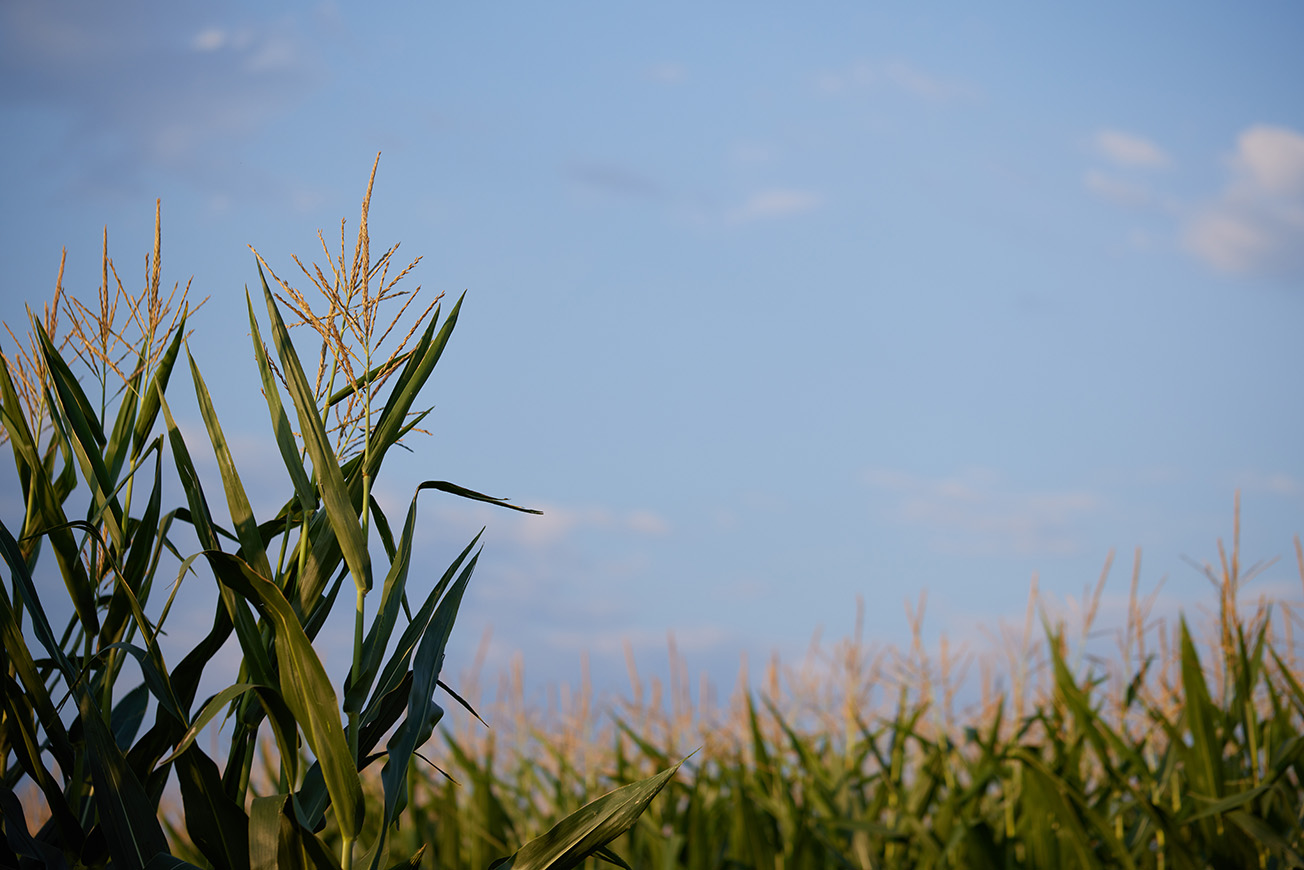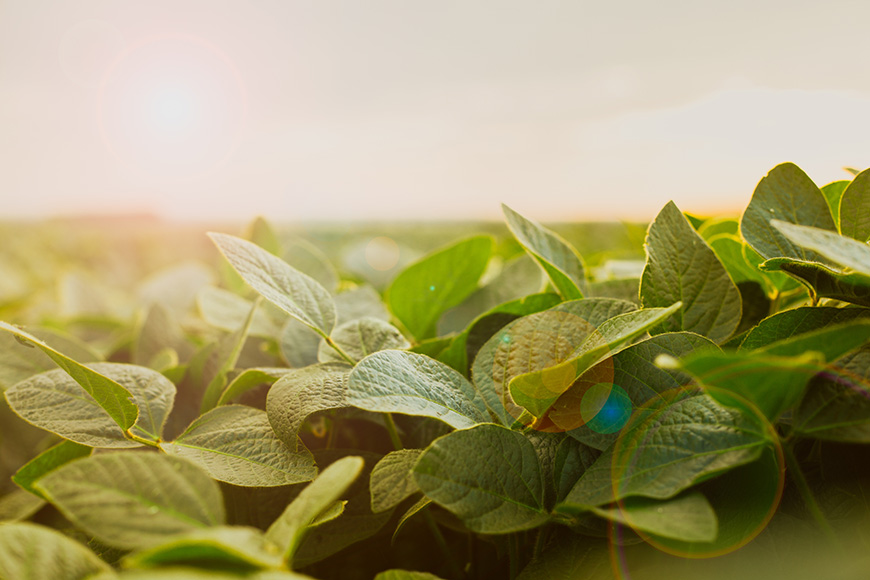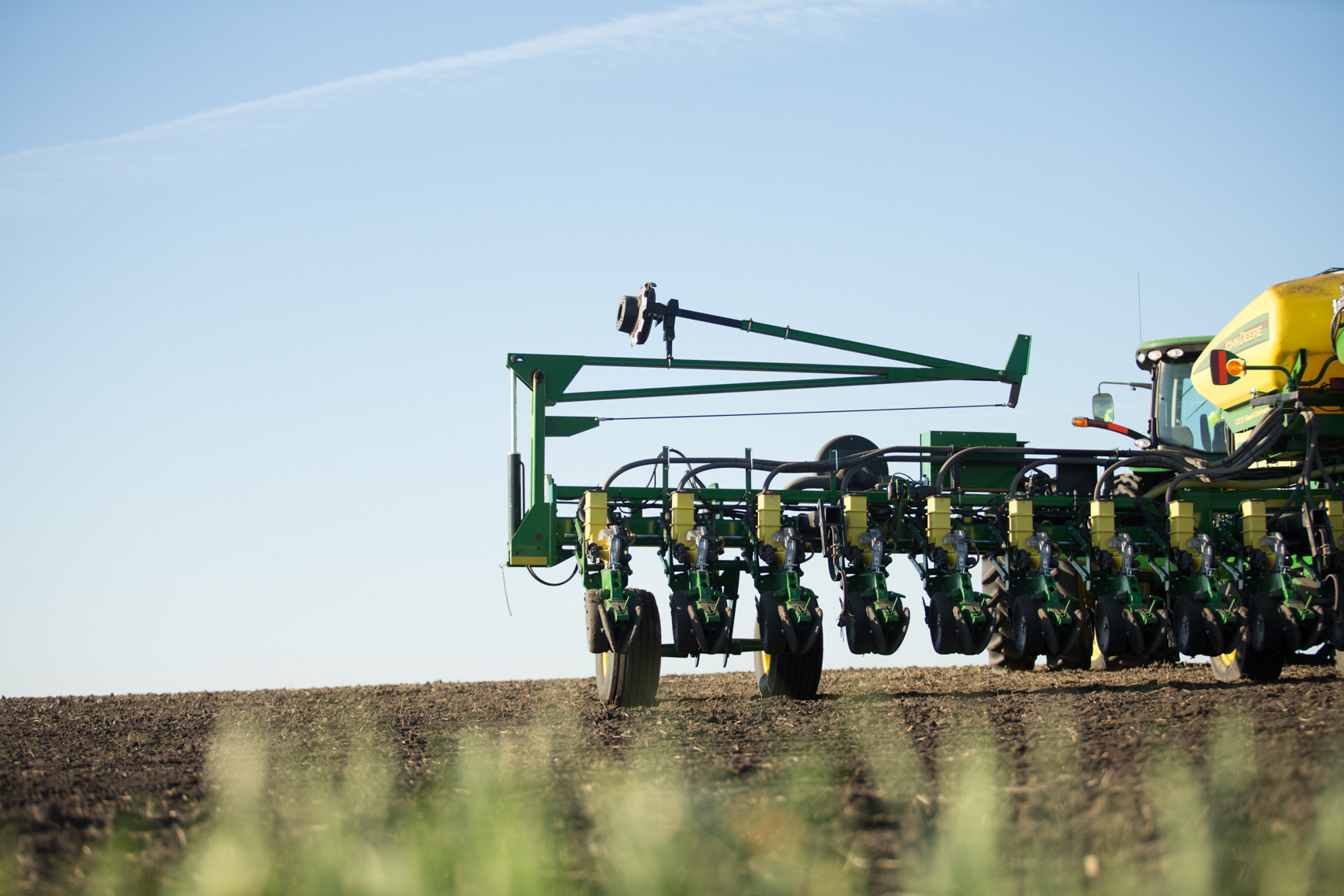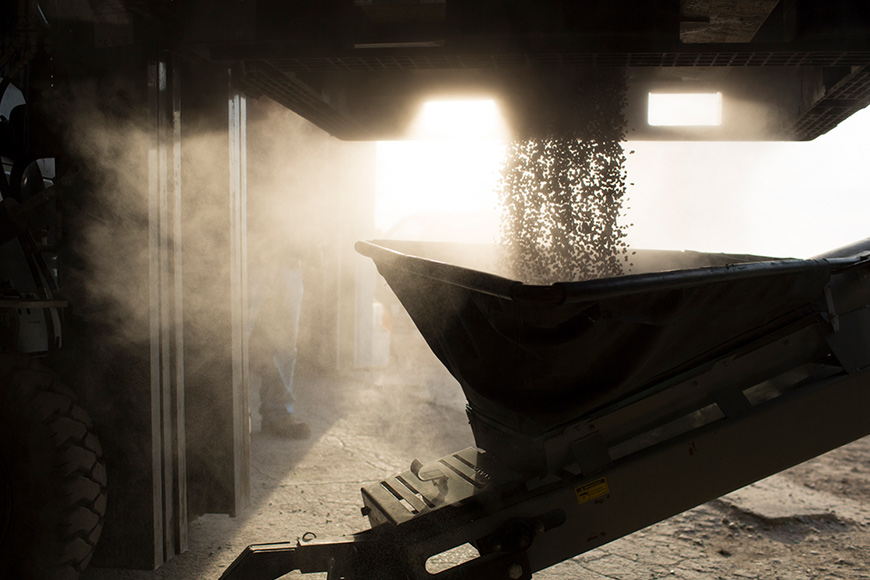How to Prepare For Corn Tar Spot In 2022

Tar spot got a lot of attention in 2021 as it continued its spread across the Corn Belt, causing devastating yield losses in high-pressure areas. Some farmers had their first experience with the disease, while others have been battling it for several years. Regardless of your situation, it’s important to be ready for the disease’s resurgence next season. Here’s what you need to know to plan for tar spot.
Tracking tar spot’s progression
In terms of disease management, tar spot is a relatively new pest for growers. It started popping up in fields around 2015 but expanded more widely in 2018. Increasing inoculum levels meant the disease continued to spread in subsequent years.So, what does that mean for tar spot in 2022? It’s hard to say at this point. For a disease to develop, there needs to be a suitable host, a viable pathogen and a favorable environment for infection. Since the pathogen can overwinter on plant residue, we know there will be inoculum in the soil going into 2022 as well as a susceptible host crop. Environmental conditions will play a big role in its prevalence. The crop could be spared if we have hot, dry, low-humidity conditions or if the disease comes in late as it did in 2020. Since environmental conditions are a wild card, it’s important to go into the season with a solid plan for tar spot management.
Management is complicated
Over the past several years, we’ve seen many adverse effects of tar spot, including:- Devastating yield losses, up to 60 bushels per acre in severe cases.
- Direct and indirect stalk integrity issues.
- Reduced standability, especially later in the season.
- Increased susceptibility to secondary pathogen infections.
- Reduced harvest efficiency.
- Lost profits for farmers.
Multiple research studies show the most effective fungicide timing for tar spot varies widely based on geography, disease severity, progression and weather conditions. Mixed mode-of-action fungicides work best against the disease, but they often don’t deliver enough residual protection for the crop depending on when the disease infects fields. In some cases, multiple applications may be required for effective disease control.
An effective adjuvant, such as MasterLock® adjuvant, is highly recommended to help improve spray uniformity and coverage, and get droplets down into the crop’s canopy.
Timing is everything
Diligent scouting and timely fungicide applications are a must for effective disease control. Under the right conditions, tar spot can quickly take over a field and, in some cases, two weeks can make the difference between low disease pressure and extreme yield losses.WinField® United research conducted in 2019 showed a 20 bushel per acre yield advantage when an R1 fungicide application was followed by a late R4 or early R5 application in irrigated corn with heavy tar spot pressure, compared to a single R1 application.1
In 2021, some farmers had difficulties securing aerial applicators to make timely fungicide applications, ultimately affecting their crop’s health. The potential for supply chain disruptions and labor shortages in 2022 means you should be working with your retailer now to plan for next summer’s fungicide applications.
Other management strategies
Farmers often ask if any of the standard cultural practices for disease management help with tar spot control. Unfortunately, crop rotation and residue management aren’t practical strategies for controlling tar spot because the disease can travel airborne from neighboring fields.Choosing more disease-tolerant hybrids can help, although we are still in the early stages of identifying genetics best suited for fields with a history of heavy tar spot pressure. Irrigating fields less often with higher water volumes may also help protect corn against tar spot development by preventing the moist environments it thrives in. Proper plant nutrition also helps keep a crop strong, ensuring it’s less susceptible to the effects of tar spot so be sure your nutrient plan is strong.
Tar spot requires a paradigm shift.
There’s no easy button to manage tar spot. You’ll need to be engaged and prepared to act once you’ve identified the disease in your fields. A one and done fungicide application won’t necessarily cut it, and your strategy may need to quickly change as you monitor your field’s health and environmental conditions in season. Managing tar spot isn’t impossible, but it will require you to think differently about disease control.For more information about planning for tar spot in 2022, contact your WinField United retailer.
1Roth, 2019.
All photos are either the property of WinField United or used with permission.
© 2021 WinField United. Important: Before use always read and follow label instructions. Crop performance is dependent on several factors many of which are beyond the control of WinField United, including without limitation, soil type, pest pressures, agronomic practices and weather conditions. Growers are encouraged to consider data from multiple locations, over multiple years and to be mindful of how such agronomic conditions could impact results. MasterLock and WinField are trademarks of WinField United. All other trademarks are the property of their respective owners.




